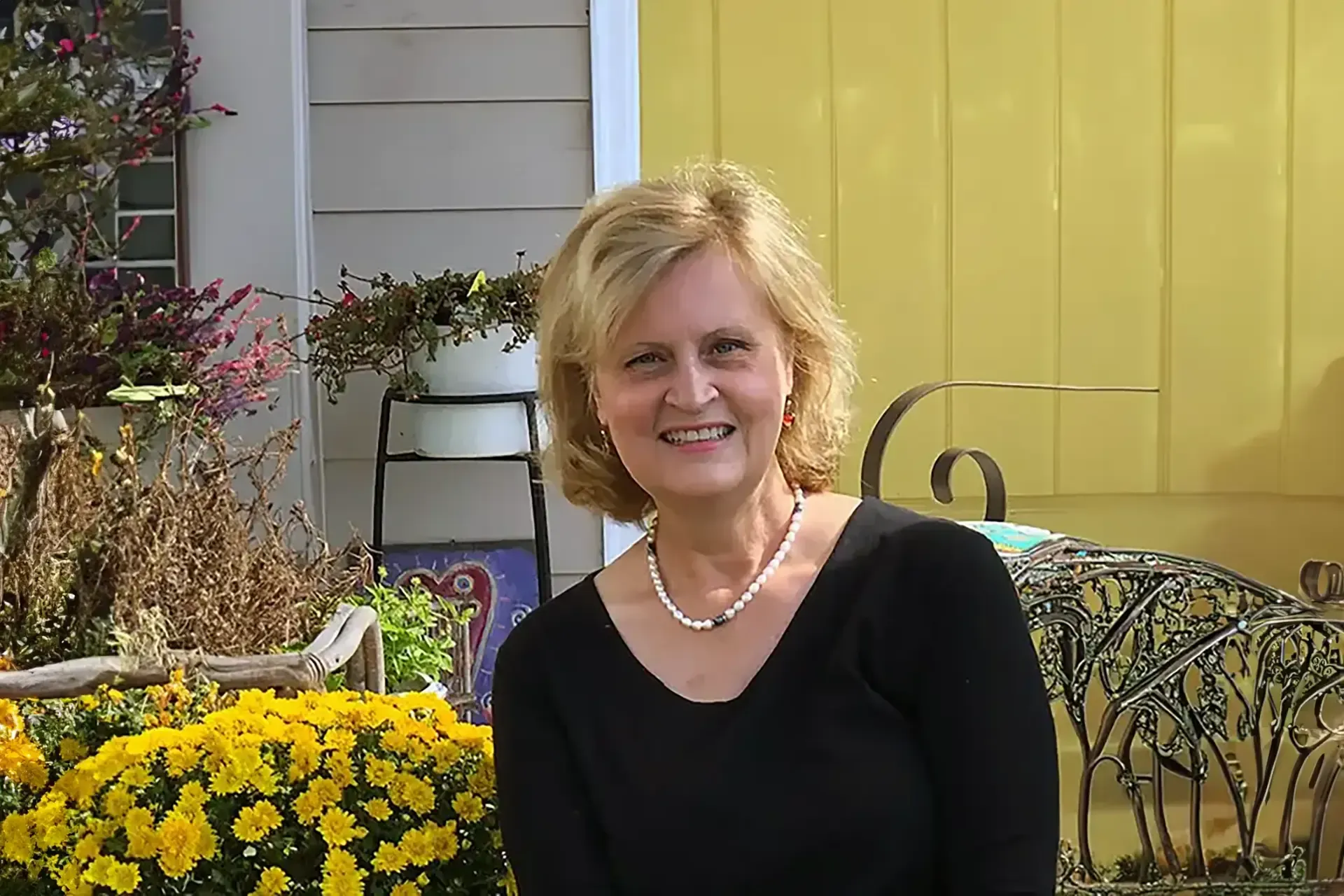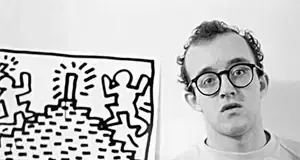Starting Your Art Collection: Essential Tips for Beginners
Starting an art collection can be an exciting and rewarding journey. Whether you are an art lover with a dream of bringing the character and beauty of original art into your home, or a new art collector seeking to build a meaningful and valuable art collection, these essential tips will guide you through the process.
How to Begin Your Art Collection?
- Define Your Intentions
Before you buy art, consider your intentions. Are you collecting for personal enjoyment, investment, or both? Understanding your goals will help define every piece of art in your collection and help new collectors create a plan and a process - Educate Yourself
Familiarize yourself with the art world, including art fairs, galleries, and online platforms. Learn about different styles, mediums, and art movements to develop a well-rounded perspective. - Start Small
Begin with smaller pieces or limited edition prints to build confidence and gradually expand your collection. - Set a Budget
Determine how much you are willing to spend. Decide whether you want to buy one original artwork worth $1,000 every month or multiple lesser-priced pieces. - Visit Art Fairs and Galleries
Attend art fairs and visit local art galleries to discover new artists and artworks. Engage with gallerists and art advisors to gain insights and advice. - Use Social Media
Follow artists, galleries, and curators on social media to stay updated on new artists and trends. Platforms like Instagram are great for discovering emerging artists. - Consult Art Advisors
If you're unsure where to start, consider hiring an art advisor or consultant. They can provide valuable guidance and help you make informed decisions.
What Makes a Great Art Collection?
A great art collection reflects the collector's personal taste and passion. It should include a diverse range of artworks, showcasing different styles, mediums, and subjects. A well-curated collection often features a mix of emerging artists and established artists, original paintings, and smaller pieces. To build a cohesive collection, consider the visual and thematic relationships between artworks. For example, you could balance abstract and figurative art, or mix paintings and sculptures. This can create a dynamic and visually interesting collection that reflects your unique artistic vision.
What are your intentions with this art collection? Clarify your intentions. Are you looking to decorate your living room with beautiful original art, or are you interested in supporting new artists and investing in their careers? Your intentions will guide your choices and shape your collection.
Identify the styles, mediums, and subjects that resonate with you. For instance, contemporary art often features bold, abstract designs, while fine art is known for its meticulous detail. Local art can capture the essence of your community. Do you prefer paintings, sculptures, or mixed media? A painting can bring color to your walls, a sculpture can add depth to your space, and a mixed media piece can offer a unique combination of materials. Knowing your preferences will help you focus your search and build a cohesive collection.
How to Find a New Artist with Potential?
Finding new artists with potential involves exploring various platforms and engaging with the art community:
- Art Fairs: Art fairs are excellent venues for discovering new talent. Artists often use these events to showcase their latest work.
- Online Galleries: Websites like Saatchi Art, Artsy, and Etsy feature a wide range of artists and artworks. These platforms are great for browsing, following, and finding new art. Big tech can be expensive, so we encourage you to follow great galleries in your area too.
- Art Residencies and Non-Profits: Keep an eye on artists participating in residencies or those supported by non-profit organizations. These programs often highlight emerging talent. Good idea to make a small donation to local art guilds. These donations are typically tax deductible and donors receive consistent communication about what is happening now.
- Word of Mouth: Talk to other collectors, curators, and gallerists. Recommendations from trusted sources can lead you to promising new artists.
Read
Spotting Emerging Artists - How To Spot and Identify New Talent post for more tips on how to discover the next generation of artistic talent.
Starting an Art Collection on a Budget?
- Set a Realistic Budget: Determine what you can afford and stick to it.
- Focus on Emerging Artists: Emerging artists' work is often more affordable and has the potential to increase in value.
- Buy Smaller Pieces: Smaller works of art can be more affordable and still add significant value to your collection.
- Look for Limited Edition Prints: These are typically less expensive than original artworks but still carry the artist's unique touch.
- Utilize Online Auctions and Sales: Platforms like eBay and local auction houses can offer great deals on art.
What Are Five Top Tips for Someone Starting Their First Art Collection?
- Trust Your Instincts: Buy art that you love and that speaks to you personally.
- Do Your Research: Learn about the artists, their backgrounds, and their artistic practices.
- Attend Art Events: Engage with the art community by attending openings, talks, and fairs.
- Get a Certificate of Authenticity: Ensure the authenticity of the artwork, especially for investment purposes.
- Stay Open-Minded: Be willing to explore different types of art and artists. Your tastes may evolve as you grow as a collector.
Starting your art collection is a deeply personal and fulfilling journey. By following these essential tips, you can navigate the art market with confidence, discover exciting new talent, and build a collection that reflects your unique artistic vision. Happy collecting!



